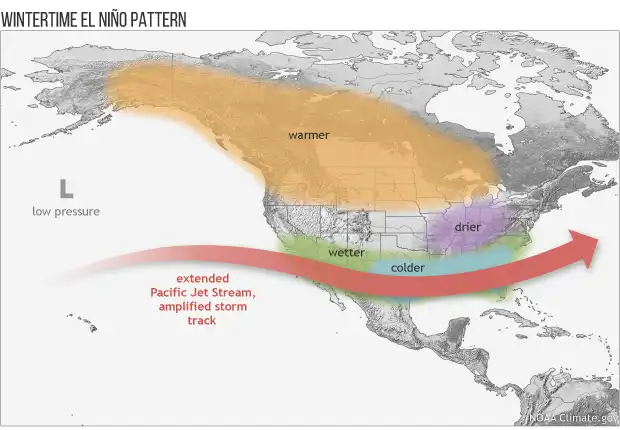The winter season in Minnesota has been unusually warm, with record-breaking temperatures in the Twin Cities, International Falls, and Fargo-Moorhead. This warm trend has sparked discussions about the causes behind this extreme winter warmth.
One major factor contributing to the warm winters in Minnesota is climate change. Data from the National Oceanic and Atmospheric Administration reveals that winters in Minnesota have warmed by an average of 5 to 6 degrees since 1970. This significant increase in temperature is indicative of the impact of climate change on the region.
The effects of climate change are visible in various ways. Lakes struggle to maintain stable ice cover, and snowfall is becoming less consistent. While colder and snowier winters still occur occasionally, they are becoming less frequent. Additionally, the coldest temperatures recorded during winters have risen by an average of 12 degrees since 1970. Extremely cold temperatures, such as minus 20 degrees, are now less common in the Twin Cities.
Another contributing factor to this winter’s warmth is the Super El Niño event of 2023-24. This El Niño event has reached a level known as the “Super El Niño,” with tropical Pacific Ocean sea surface temperatures at or above 2 degrees Celsius. Strong El Niño events have a strong correlation with milder-than-average winters in Minnesota and the Upper Midwest. This winter has followed the textbook pattern, with persistent waves of mild Pacific air blowing into the region. The warmest winter on record, dating back to 1887-88, was also an El Niño winter.
Looking ahead, the warmest days are yet to come. On Friday, temperatures reached 41 degrees at Minneapolis-St. Paul International Airport, which is 17 degrees warmer than the normal high. Sunny breaks are expected across parts of Minnesota this weekend, and even warmer air is anticipated next week, with temperatures likely to reach into the 40s. Record highs in the Twin Cities next weekend could range from 48 to 51 degrees. This early February heat wave may last through at least the first week of the month, according to forecasts.
Overall, the warmest winter on record in Minnesota can be attributed to a combination of climate change and the Super El Niño event. These factors have led to a significant increase in temperatures and a decrease in extremely cold winters. As we continue to monitor these trends, it is evident that winter is changing in Minnesota.





tlover tonet 23 Jun 2024
I like this web site so much, saved to fav.